The dawn chorus of birds has captivated humanity for millennia, but identifying which species is making which sound has traditionally required years of expertise and patience. Today, revolutionary artificial intelligence technologies are transforming how scientists, conservationists, and bird enthusiasts identify and track bird calls in the wild. These cutting-edge AI systems can now distinguish between thousands of avian vocalizations with remarkable accuracy, even in noisy forest environments with multiple birds calling simultaneously. As climate change and habitat loss threaten bird populations worldwide, these technological advances couldn’t have come at a more crucial time, offering new windows into understanding avian behavior, migration patterns, and population trends.
The Traditional Challenges of Bird Call Identification
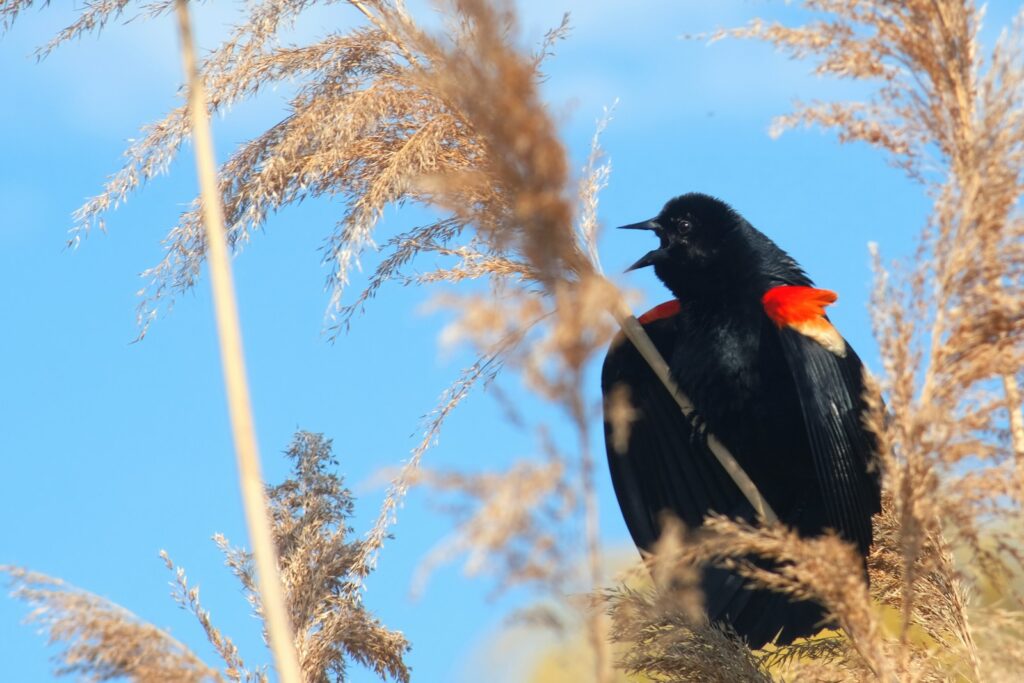
Identifying birds by their calls has historically been one of ornithology’s most challenging skills to master. Experienced birders might spend decades training their ears to distinguish between the subtle variations in pitch, rhythm, and tone that differentiate one species from another. This difficulty becomes exponentially greater in biodiverse environments where dozens of species may vocalize simultaneously, creating a complex acoustic tapestry that even experts struggle to untangle. Weather conditions, distance, and environmental acoustics further complicate manual identification, as sounds can be distorted or obscured. Additionally, many species have regional dialects or seasonal variations in their calls, creating a nearly impossible memorization task for human observers attempting comprehensive identification.
The Birth of Bioacoustic AI
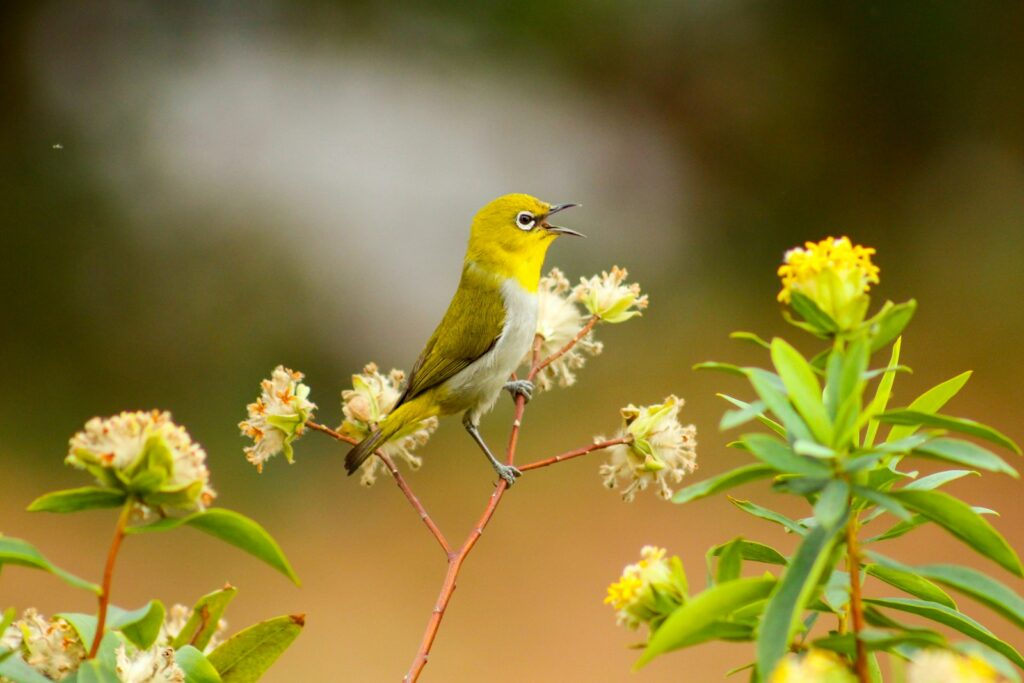
The field of bioacoustic AI emerged from the convergence of computer science, ecology, and sound engineering in the early 2000s. Early systems relied on relatively simple pattern-matching algorithms that could identify only the most distinctive bird calls in controlled environments. The revolutionary breakthrough came with the application of deep learning and neural networks, which could be trained on vast libraries of recorded bird vocalizations to identify patterns too subtle for traditional programming approaches. Unlike their predecessors, these advanced systems didn’t require humans to pre-define what features made each bird call unique – instead, they discovered these patterns independently through analysis of thousands of examples. This self-learning capability marked a turning point, allowing AI systems to eventually surpass human experts in certain identification tasks, particularly when dealing with complex soundscapes containing multiple overlapping calls.
How Modern Bird Call AI Systems Work
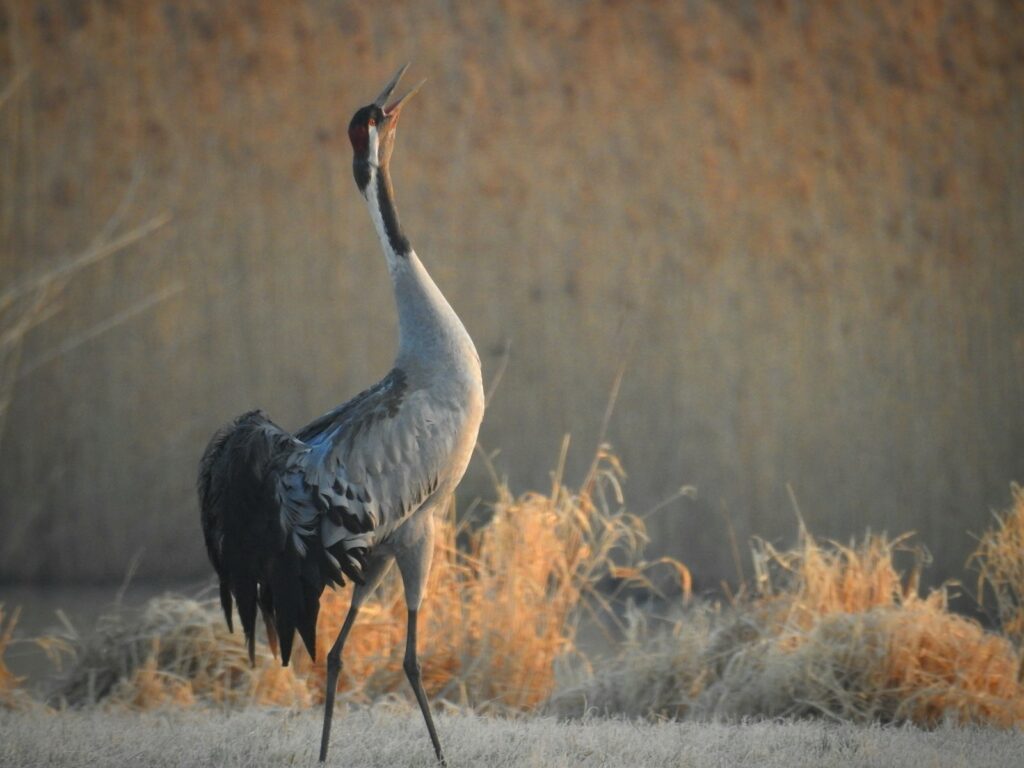
Today’s bird call identification AI systems employ sophisticated convolutional neural networks (CNNs) that process audio spectrograms – visual representations of sound frequencies over time. When a bird call is recorded, the audio is converted into a spectrogram that visually displays the unique acoustic “fingerprint” of that vocalization. The AI analyzes this pattern against millions of previously analyzed examples in its database, identifying distinctive features that might be imperceptible to human ears. Most advanced systems now incorporate contextual information like geographic location, time of year, and time of day to further refine predictions. For instance, if a call could belong to either of two similar-sounding species, but only one is native to the region where the recording was made, the AI will adjust its confidence ratings accordingly, mimicking the reasoning process of expert ornithologists.
BirdNET: The Bird Call Shazam
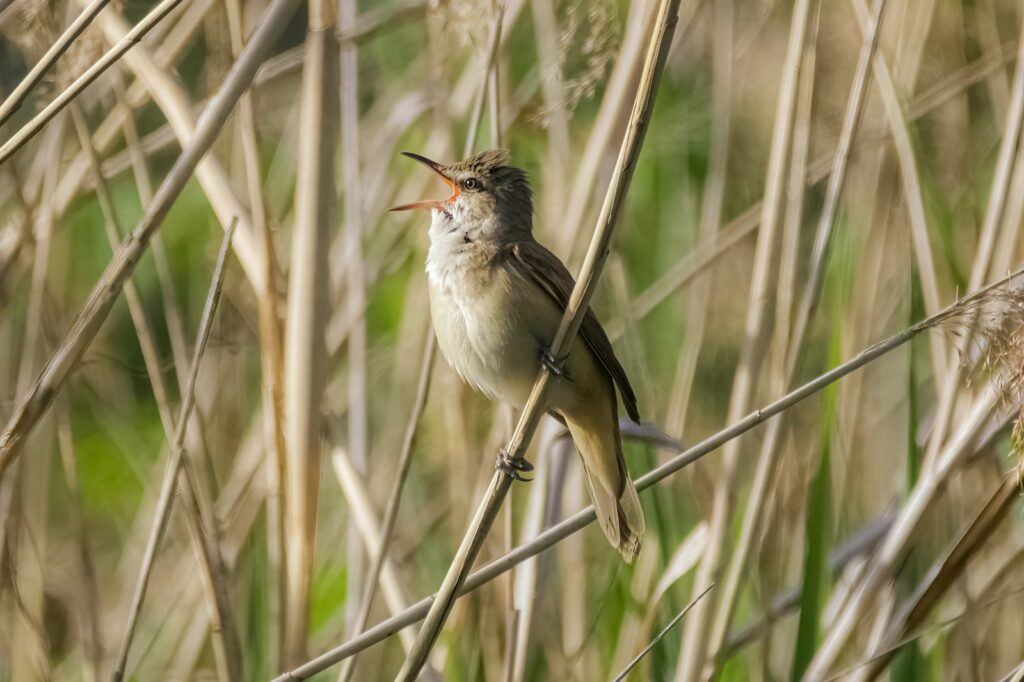
Among the most popular AI bird identification tools is BirdNET, developed by researchers at Cornell University’s Lab of Ornithology and the Chemnitz University of Technology. Often described as “Shazam for birds,” this free application can identify over 3,000 bird species from around the world with astonishing accuracy. Users simply record bird sounds on their smartphones, and the app analyzes the audio to provide species identification within seconds. BirdNET’s algorithms have been trained on millions of annotated recordings from Cornell’s Macaulay Library, the world’s largest collection of bird sounds. What makes BirdNET particularly remarkable is its ability to function offline in remote field locations where internet connectivity is unavailable, storing identification results until connectivity is restored for verification against its full database.
The Role of Citizen Scientists in Training AI
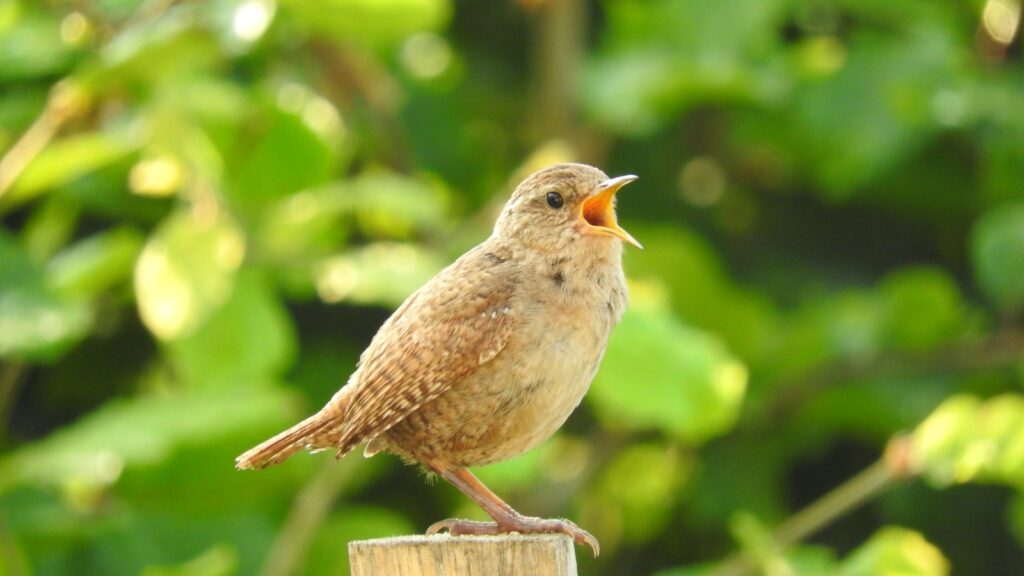
The development of effective bird call AI has been dramatically accelerated by the contributions of citizen scientists around the world. Platforms like eBird and Xeno-canto have amassed enormous libraries of bird recordings submitted by amateur birders and nature enthusiasts from virtually every habitat on Earth. These crowd-sourced audio libraries provide the massive datasets necessary for training sophisticated machine learning models to recognize the full diversity of avian vocalizations. Each time a user confirms or corrects an AI identification, the system improves its accuracy, creating a virtuous cycle of machine and human collaboration. This democratization of science has transformed what would once have required decades of professional fieldwork into a global collective effort, with amateur participants making meaningful contributions to ornithological research and conservation through their smartphones.
Autonomous Recording Units Revolutionizing Field Research
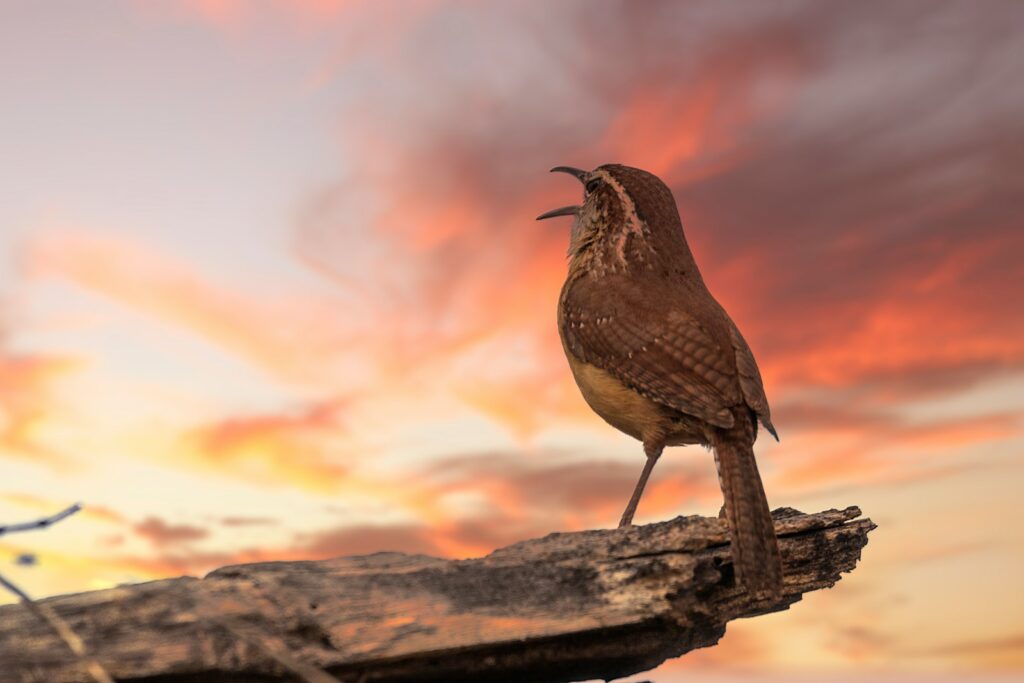
Paired with AI identification capabilities, autonomous recording units (ARUs) have transformed how scientists conduct field research on bird populations. These weather-resistant devices can be deployed in remote locations for months at a time, continuously recording ambient sounds and requiring only occasional battery changes or memory card swaps. Once collected, these recordings are processed through AI systems that can automatically identify and count bird species present at the site. A single researcher can now effectively monitor dozens of locations simultaneously, generating data equivalent to what might previously have required a team of experts conducting thousands of hours of in-person surveys. This scalability has been particularly valuable in monitoring endangered species in hard-to-access habitats, from dense rainforests to arctic tundra, where traditional observation methods prove logistically challenging or potentially disruptive to sensitive bird behaviors.
Tracking Migration Patterns with Sound
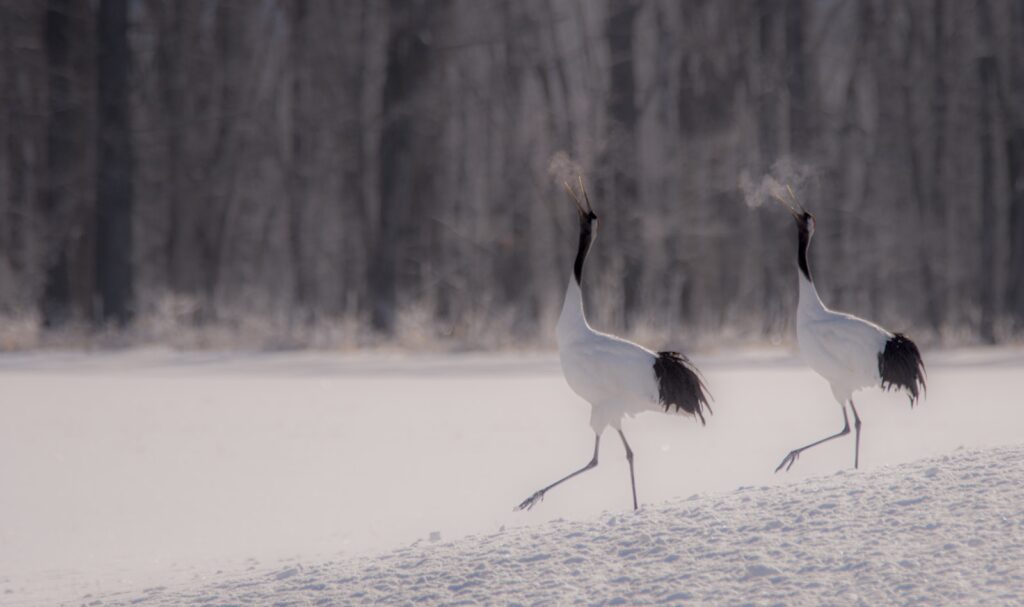
AI-powered acoustic monitoring has opened new windows into understanding bird migration patterns with unprecedented precision. By establishing networks of automated recording stations along migration routes, scientists can detect the passage of specific species through their distinctive calls, even when birds migrate at night or at altitudes that make visual observation impossible. These acoustic “checkpoints” help researchers understand not just the timing of migrations but also their response to changing climate conditions. For instance, recent studies using AI-analyzed recordings have documented shifts in migration timing for numerous species, with many birds now departing wintering grounds earlier in response to warming spring temperatures. This acoustic data, when combined with weather patterns and habitat conditions, helps scientists predict how bird populations might respond to ongoing climate change and identify critical conservation priorities.
Detecting Population Declines Through Sound
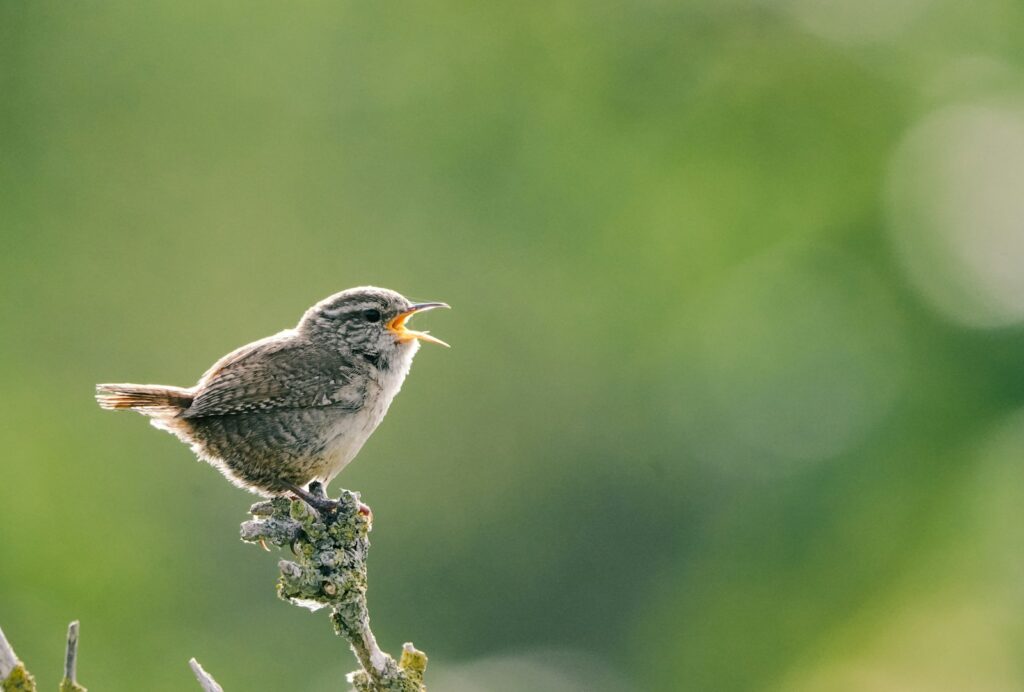
One of the most valuable applications of AI bird call identification has been in monitoring population trends, particularly for species experiencing concerning declines. Traditional population surveys are labor-intensive and often limited to accessible areas, potentially missing important population changes in remote habitats. AI-analyzed acoustic monitoring can detect subtle changes in calling frequency and diversity across vast geographic areas, serving as an early warning system for population crashes. In several documented cases, AI systems have detected declining call rates for certain species years before traditional survey methods confirmed population reductions. This early detection capability gives conservation organizations precious time to investigate causes and implement protective measures before populations reach crisis levels, potentially preventing extinctions that might otherwise occur due to delayed awareness of problems.
Discovering New Vocalizations and Behaviors
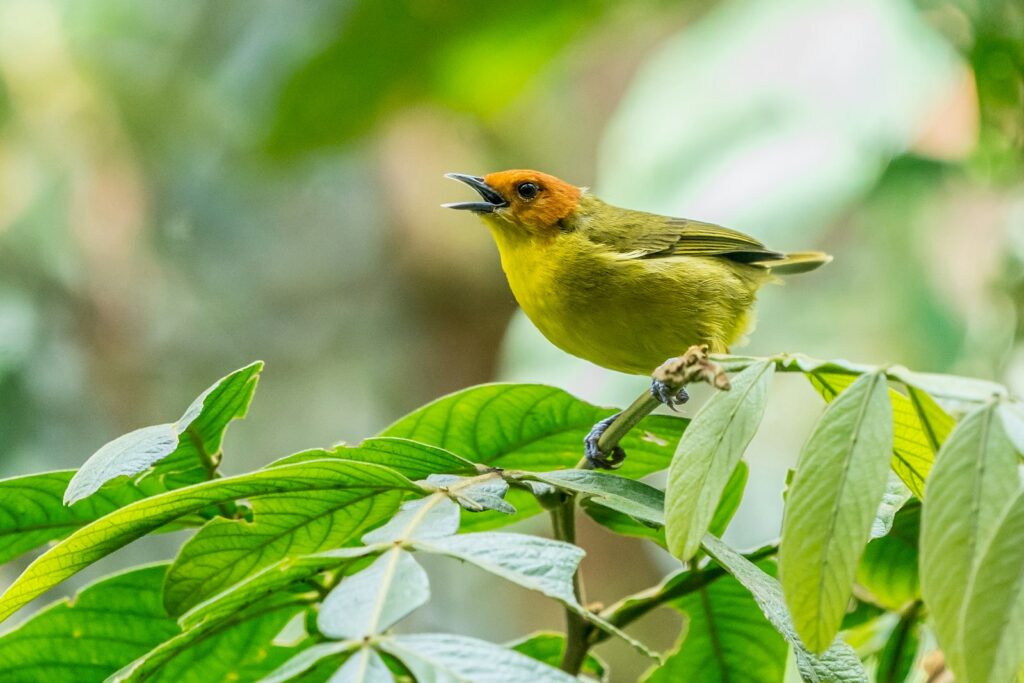
AI systems have proven remarkably effective at identifying previously undocumented bird vocalizations, revealing new aspects of avian communication. By analyzing thousands of hours of recordings without human fatigue or bias, these systems can identify statistically significant patterns that might escape human detection. Researchers have discovered that many bird species have far more complex vocal repertoires than previously recognized, including specialized calls used only in specific contexts like predator warnings, territorial disputes, or courtship. In several instances, AI analysis has even identified distinct “dialects” within species, where geographically separated populations develop subtly different vocalizations over time. These discoveries have fundamentally changed how ornithologists understand bird communication and social structures, highlighting the cognitive complexity of many avian species.
Challenges in AI Bird Call Identification

Despite remarkable advances, AI bird call identification systems still face significant challenges that limit their effectiveness in certain situations. Background noise remains a persistent problem, particularly in urban environments where mechanical sounds can mask or distort natural vocalizations. Many species produce mechanically similar calls that confuse even the most sophisticated algorithms, leading to identification errors that require human verification. Juvenile birds often produce “practice” calls that differ from adult vocalizations, creating another layer of identification complexity. Perhaps most significantly, there remains a substantial “data gap” for rare species or those from under-studied regions, particularly in developing countries, where few high-quality recordings exist to train AI systems. Addressing these limitations requires ongoing collaboration between computer scientists and field biologists to refine algorithms and expand training datasets.
The Future: Real-Time Biodiversity Monitoring

The next frontier in AI bird call identification involves real-time, network-connected monitoring systems that provide instant alerts about significant acoustic events. Researchers are developing systems that can immediately notify conservation teams when endangered species are detected in unexpected locations or when sudden changes in acoustic patterns might indicate environmental disturbances like illegal logging or poaching. Several pilot projects have demonstrated the feasibility of “acoustic surveillance” networks that continuously monitor protected areas and transmit alerts when unusual sounds are detected. These systems aim to create a global “biodiversity radar” that tracks species movements and population trends continuously rather than through periodic surveys. As these technologies mature and become more affordable, they promise to transform conservation from a reactive discipline into a proactive one, identifying threats before they cause irreversible damage.
Ethical Considerations in Bioacoustic Monitoring
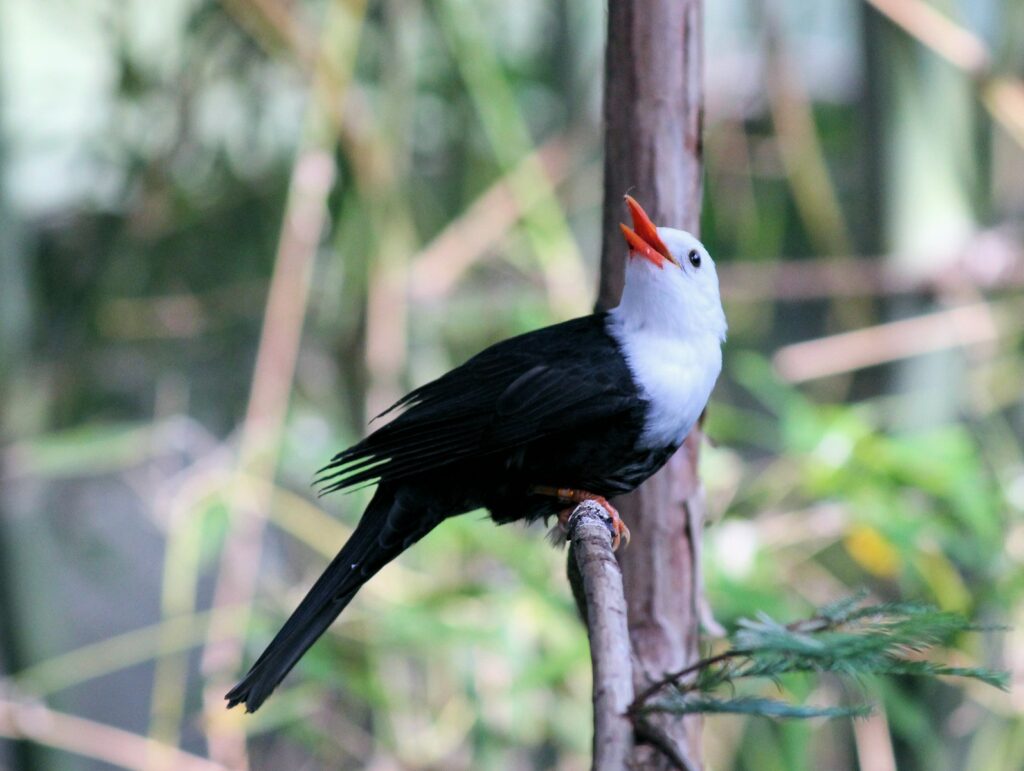
The explosive growth of AI-powered acoustic monitoring has raised important ethical questions about privacy, data ownership, and potential wildlife disturbance. When recording devices capture bird vocalizations in public spaces, they inevitably record human conversations as well, creating potential privacy concerns that require careful data management protocols. Questions have also emerged about who owns and controls the massive sound libraries being collected – the scientists, the funding agencies, the public, or indigenous communities whose traditional lands are being studied. Some researchers have raised concerns about whether constant monitoring might itself disturb sensitive species, particularly if recording equipment is placed too close to nesting sites. The field is actively developing ethical guidelines that balance research needs with privacy considerations and wildlife protection, emphasizing transparency, data security, and minimizing environmental impacts.
Democratizing Ornithology Through Technology

Perhaps the most transformative aspect of AI bird call identification has been its democratization of ornithological knowledge. What once required years of specialized training is now accessible to anyone with a smartphone, creating unprecedented opportunities for public engagement with birds and their conservation. Apps like Merlin Bird ID and BirdNET have turned millions of casual nature enthusiasts into active participants in bird monitoring and conservation efforts. Schools are increasingly incorporating these technologies into science curricula, allowing students to conduct meaningful biodiversity surveys on campus grounds and submit data to national databases. This technological accessibility has created new pathways for diversifying the field of ornithology, which has historically faced challenges in recruiting participants from underrepresented communities. By removing barriers to participation, AI-powered bird identification tools are helping build a broader, more inclusive community of bird conservationists for the future.
As artificial intelligence continues to evolve, its application to bird call identification stands as a powerful example of how technology can enhance rather than replace our connection to the natural world. By automating the complex task of sound identification, these systems free researchers to focus on interpreting what these sounds tell us about bird behavior, population health, and ecosystem function. For conservation efforts facing urgent challenges from climate change and habitat loss, AI-powered acoustic monitoring provides an essential early warning system and a window into otherwise invisible ecological processes. As these technologies become more sophisticated, affordable, and accessible, they promise to transform not just scientific understanding of birds, but also how the public engages with and protects these vital sentinels of environmental health.
